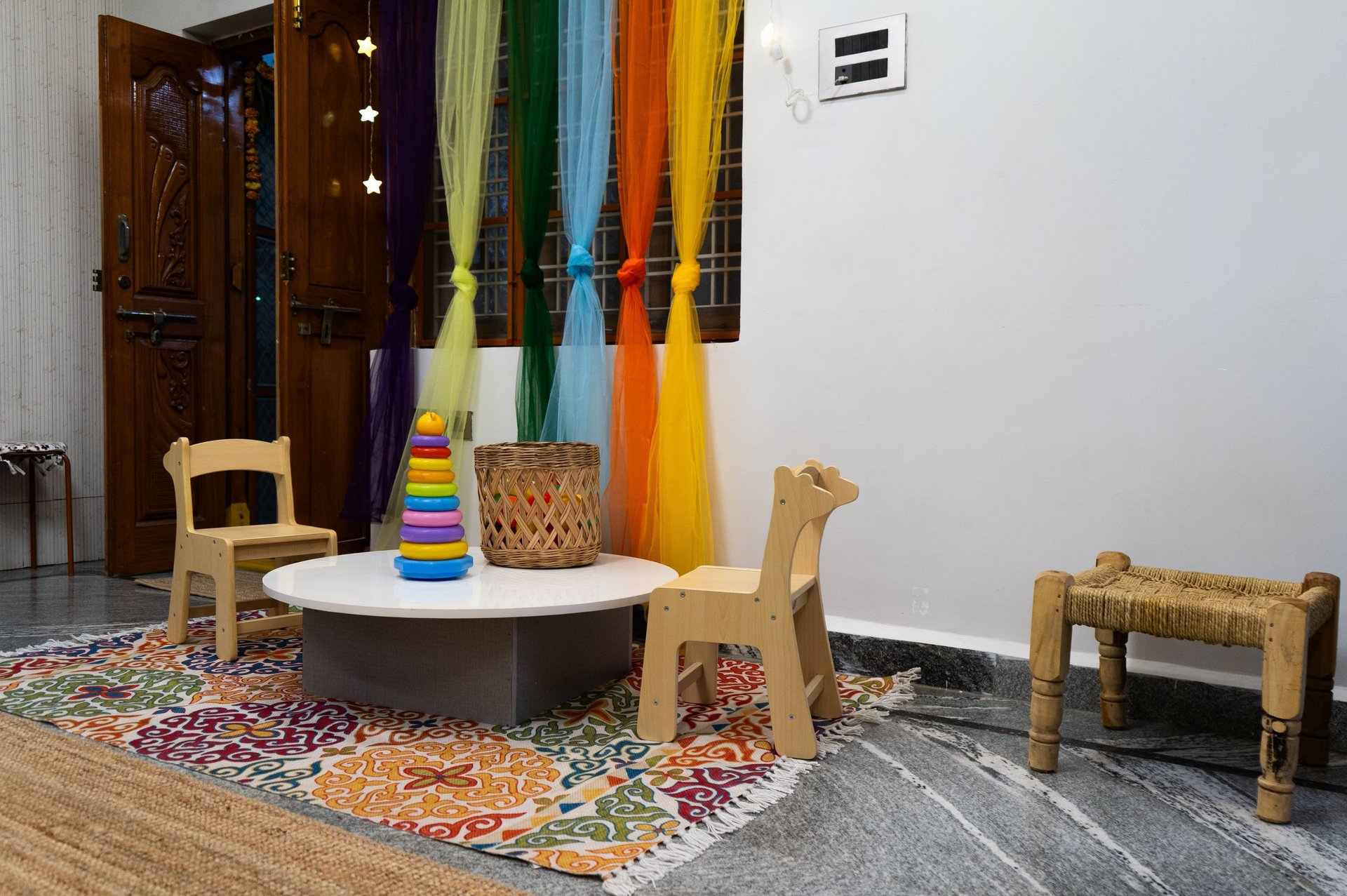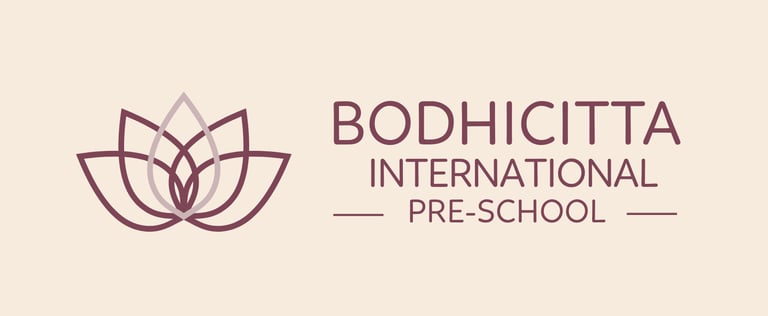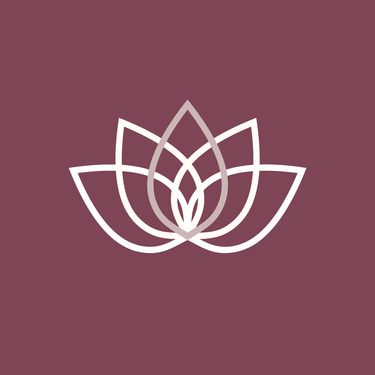Admission for 2025 Mid-Term

Our Approach
Whole-Child, Whole-Hearted
We go beyond academics to nourish mind, heart, and body—so children become confident, compassionate learners equipped for school and life.
Pillar 1: Multiple Intelligences
Inspired by Dr. Howard Gardner, we recognize many ways to be “smart”:
Linguistic (stories, conversations), Logical-Mathematical (patterns, problem-solving), Musical (rhythm, song), Bodily-Kinesthetic (movement, hands-on), Spatial (drawing, building), Interpersonal (teamwork), Intrapersonal (self-awareness), Naturalistic (nature play).
In class, this looks like storytelling circles, puzzle corners, rhythm time, movement labs, and garden explorations.


Pillar 2: Panchaadi (NEP 2020 aligned)
A life-centric model nurturing
Shariram (physical growth), Manas (emotional well-being), Buddhi (intellect & creativity), Samajam (social skills), Atma (inner values & mindfulness). Children build healthy bodies, name emotions, think critically, collaborate kindly, and connect with culture and nature.


Pillar 3: Panchakosha (Five Koshas)
Balanced growth across: Annamaya (body), Pranamaya (energy), Manomaya (mind & emotions), Vijnanamaya (intellect & wisdom), Anandamaya (joy).
Expect mindful movement, calm-time rituals, feelings vocab, inquiry projects, and a daily culture of happiness.


Pillar 4: SEE Learning (Emory University)
Age-appropriate practices that cultivate Self-awareness & attention, self-regulation, interpersonal awareness, compassion for self & others, relationship skills, interdependence, common humanity, and community engagement.
In practice: peace corners, buddy projects, “feelings check-ins,” nature care, and class charters co-authored by children.


Outcomes for Your Child
Inner Strength (confidence, resilience)
Social Wisdom (empathy, cooperation)
Cognitive Readiness (language, numeracy, problem-solving)
Embodied Well-being (movement, rhythm, healthy routines)
Vemana Colony, Chandanagar, 500050
+91 8414942619


Day Care
Pre - School
Mother - Toddler Program
Early Childhood Workshops
